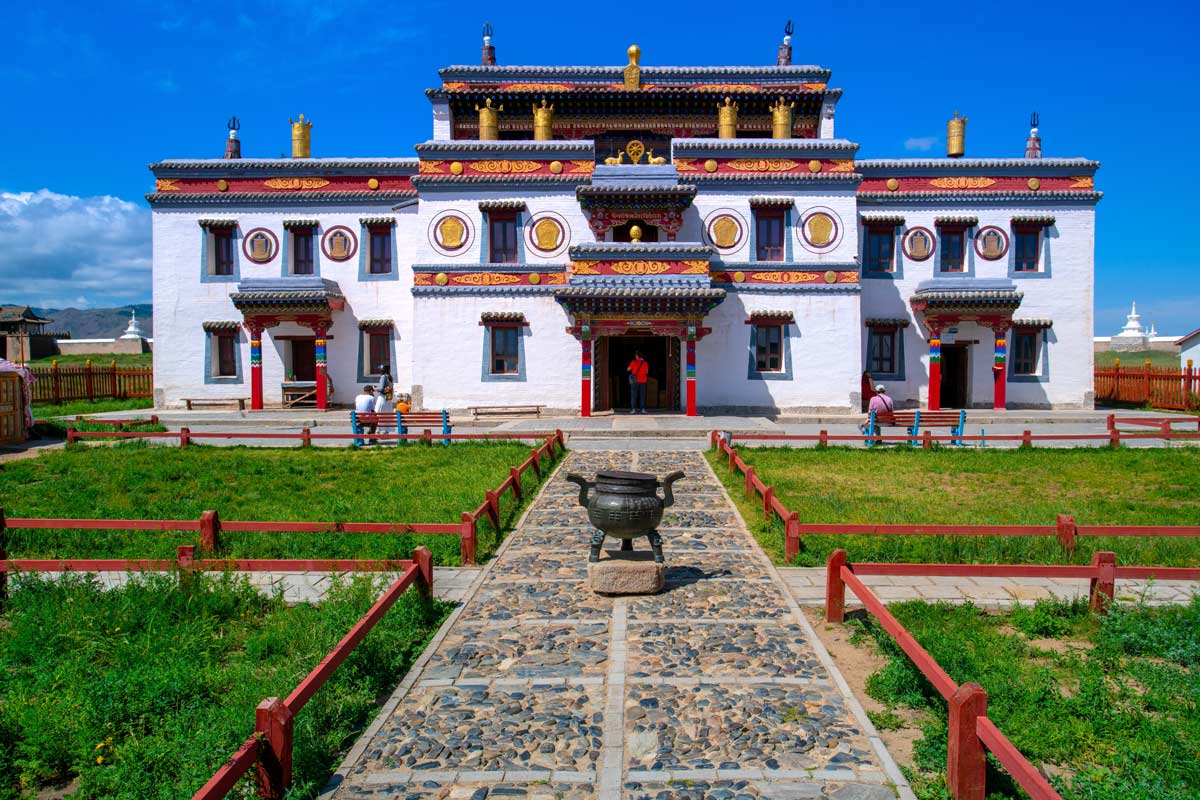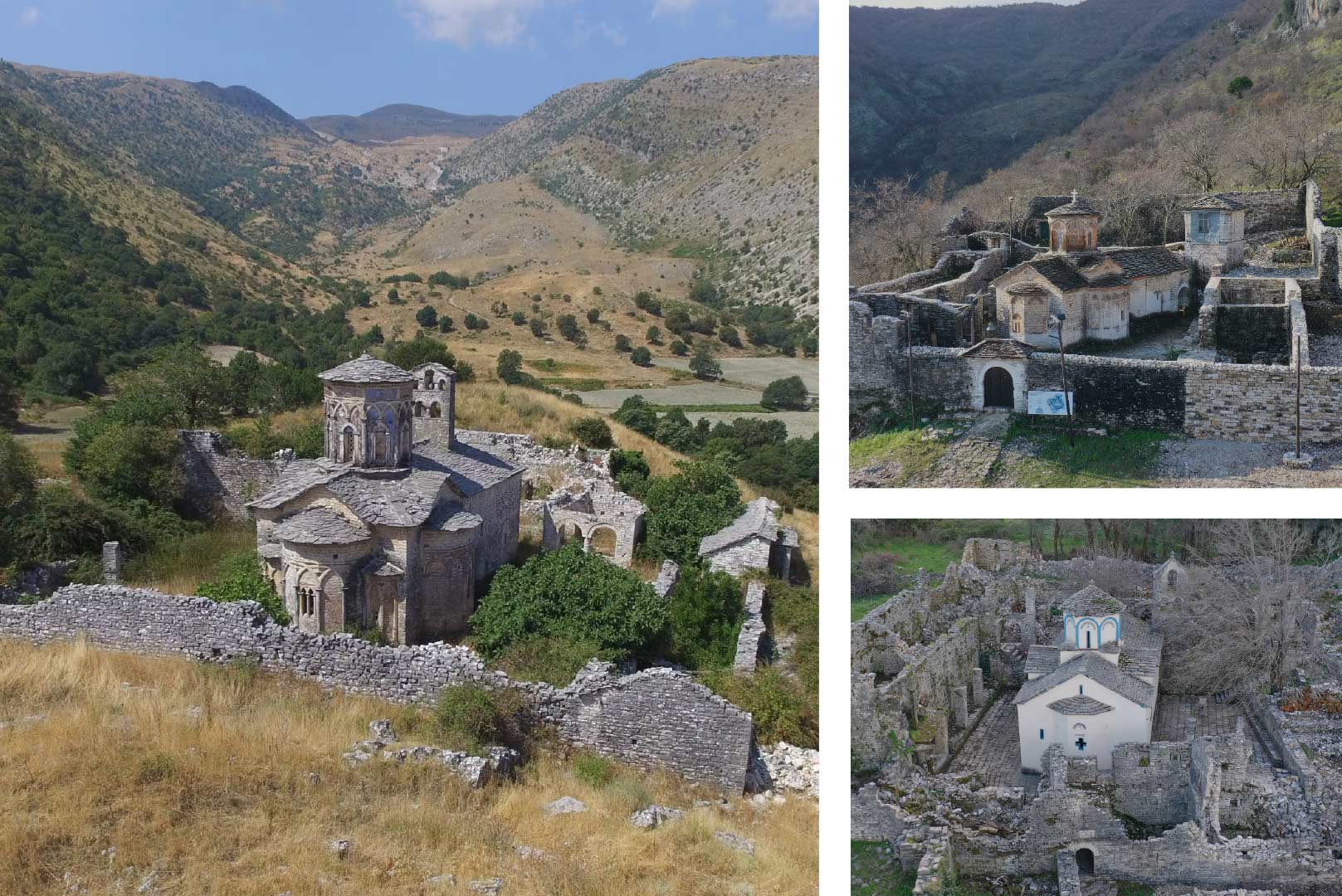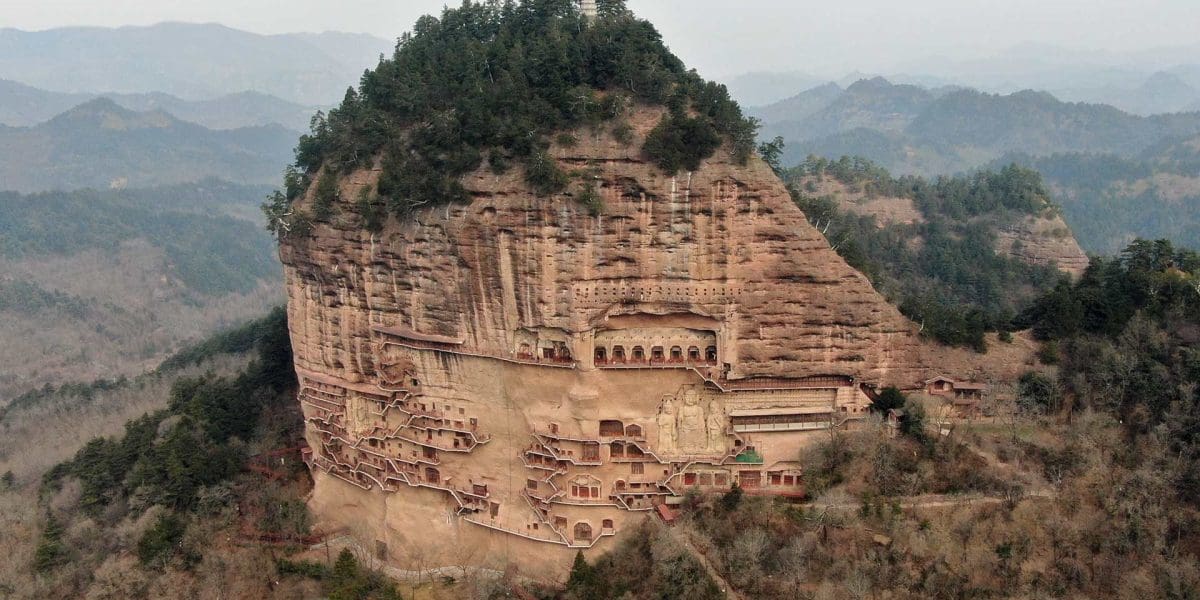Endangered Travel
Culture, like all living things, is under constant threat of disappearance. Without careful nurturing local scuffles and global movements can erase centuries of human history off the face of the earth. It can be passive as well as active actions that result in this slow disappearance. Fundamentalists leveling holy sites belonging to the wrong religion, native communities choosing cheaper materials to make cookie cutter housing and phasing out local techniques. Then you have factors like natural disasters that can wipe things away in a moment.
One thing we can do as individuals is do things that enrich or preserve local custom, like learning te reo or how to make lamingtons here in New Zealand. Further afield we can support foundations like the World Monuments Fund (WMF) which assists local communities and governments to protect architectural and cultural artifacts around the world.
Here are a few of the most eye popping examples scattered across earth that have recently become folded into the WMF. These sites have a complicated relationship with tourism, on one hand the environmental strain of visitation can be detrimental to ongoing preservation, on the other, these are part of the local culture and are only truly valuable when they are openly available to the community. With that in mind the WMF put a focus on finding sustainable solutions to welcoming visitors from all over the world for generations to come.
Buddhist Groto, China

You have to respect the Buddhist architects, throughout the centuries they have built some of the most incredible architecture known to man in some of the most inhospitable environments. Take the Grottoes of Maijishan and Yungang, two of the most iconic hand carved cave temples of ancient China. At the Maijishan site 194 prayer nooks and 7,200 sculptures were carved into the sheer cliffs in the fourth and fifth century, the Yungang sites were built a century later. There are over 1,000 square meters of murals also carved into the cliffs. As these sites sit along the Silk road there is some incredible artistic cross pollination including Indian and persian styles mixed with the local aesthetics. Buddha Statues towering 17 meters tall are sure to impress. Then if you find the works of man tiresome, turn 180 degrees to have uninhibited panoramic views of nature.
The sites were endangered only a few hundred years into their creation by rebellions and Buddhist persecutions. It may have been their almost impossible reach nature that saved them from most of the devestation during this period. Earthquakes have also ravaged them over the years but the true strain today comes from China’s booming tourism trade. There’s a big focus on China’s historic UNESICO heritage sites especially these grottoes along the silk road. This is causing a strain to these fragile sites as over 13,000 visitors a day pass through to marvel at the incredible carved works of art. The tourist cantilevered walkways see about a million people a year tramping over them, and along with their remote nature and lack of resources, finding ways to properly preserve this history proves to be a challenge.
If you wanted to witness them for yourself set aside about half the day, and try for the early morning if you can to avoid the crowds. The best time of year to visit is during spring (April to June) and autumn (September to October).
Erdene zuu Monastery, Mongolia

The Erdene Zuu Monastery has a wild history. It was founded in 1586 on what remained of the capital of the Mongol Empire which is perhaps one of the reasons it’s almost in the dead center in Mongolia. The remaining bricks and stone from the ruins of the capital were used in the monastery’s construction. It was literally fortressed with a thick wall that helped it weather the ages. Within about 200 years it had filled with 62 temples from various Mongolian lords looking to drum up some status and reputation for themselves. During the communist era many of these structures were purged as Khorloogiin Choibalsan swept through, killing over ten thousand monks and their monasteries. Interestingly, the remaining buildings perhaps owe their existence to Stalin who himself saw value in maintaining the monasteries as a showpiece for international visitors to prove communism wasn’t THAT bad. He lobbied for their preservation with Erdene Zuu turned into a museum until the collapse of communism in 1990. After that it was turned back over to the Buddhists as an active monastery while maintaining it’s museum aspects for tourists.
Today the area feels remote and desolate and the monastery has become the earliest surviving example in all Mongolia. If you’re going to visit the best time is between May and September, Spring. The weather is good and you’re more likely to bump into one of the many culture events.
Monasteries of the Drino Valley, Albania

Along the Drino River Valley in Albania are languishing monasteries and churches dating back to as far as the 6th century, with most appearing in the 16th and 17th century between the Byzantine and Ottoman empires. Each compound generally revolves around a single monastery complex with frescoes, carved wooden iconostases, or elaborate partitions. These used to be community touchstones providing a place for prayer, education, and a home for orphans. This all changed in the 60s when Albania’s communist government outlawed religious practice, sending all the remaining monasteries into abandonment and disrepair. Since the fall of communism in 1991 the local communities have attempted to reconnect with these important touchstones, but rural depopulation has meant a shrinking of resources for these scenic sites. This is one of the few instances where over-tourism isn’t a problem, quite the opposite. If we want these sites to be see an influx of resources they’re going to need more travellers willing to discover and visit them.

















